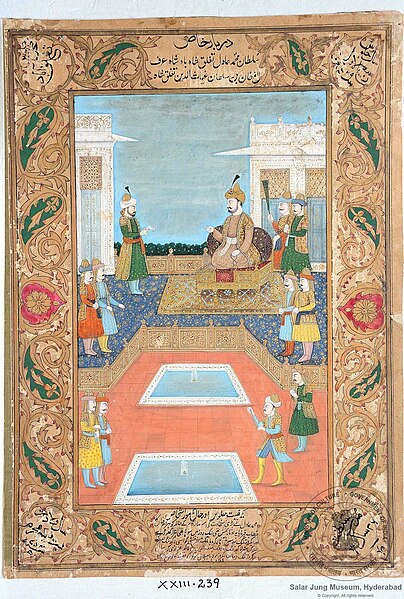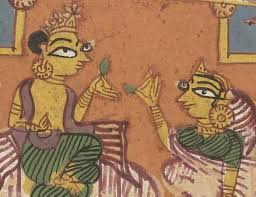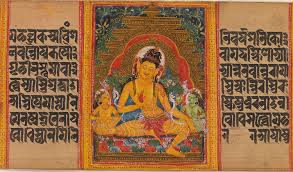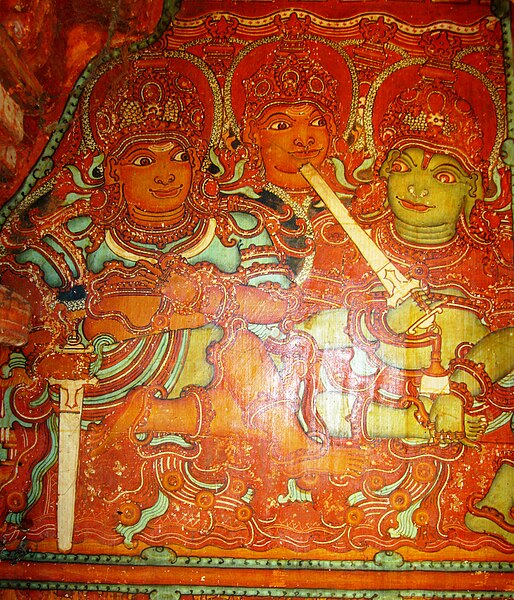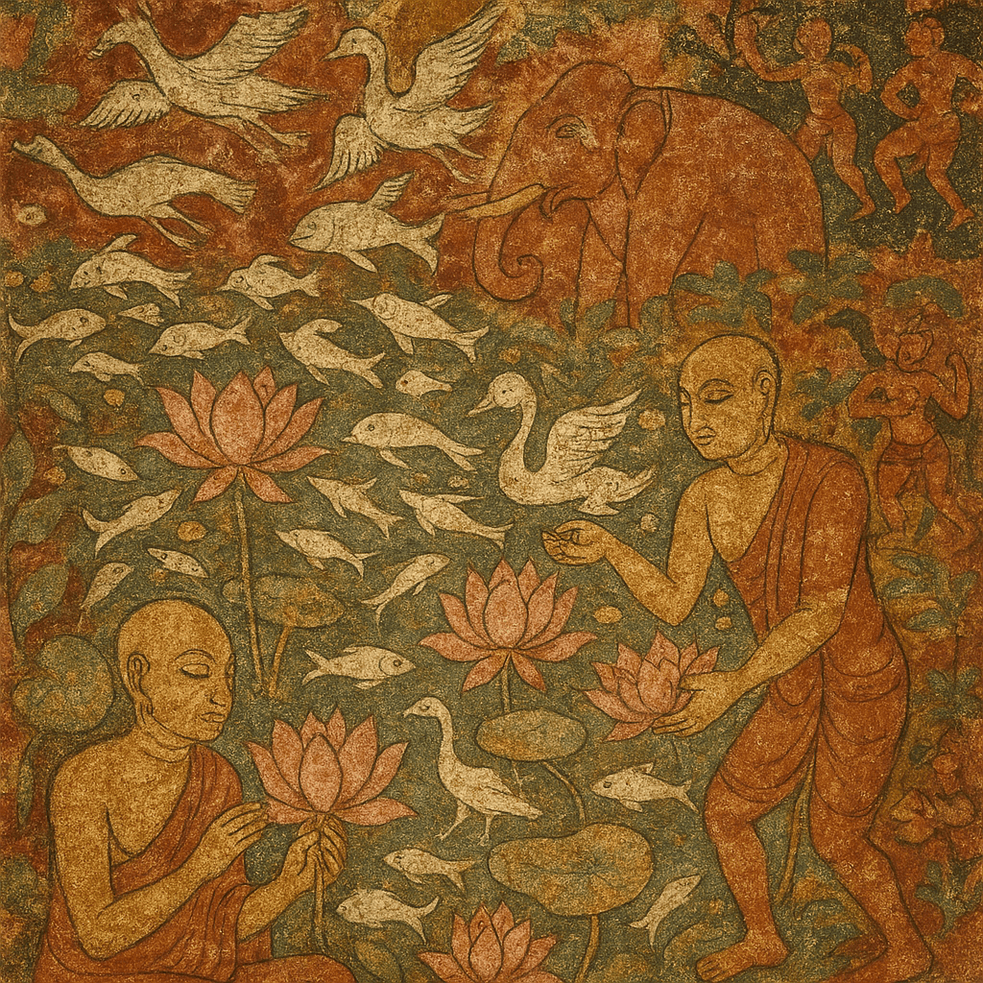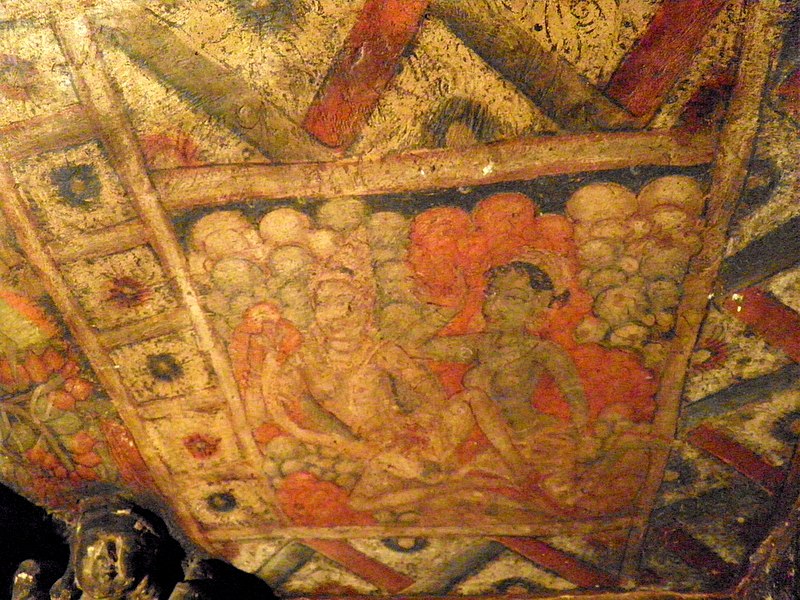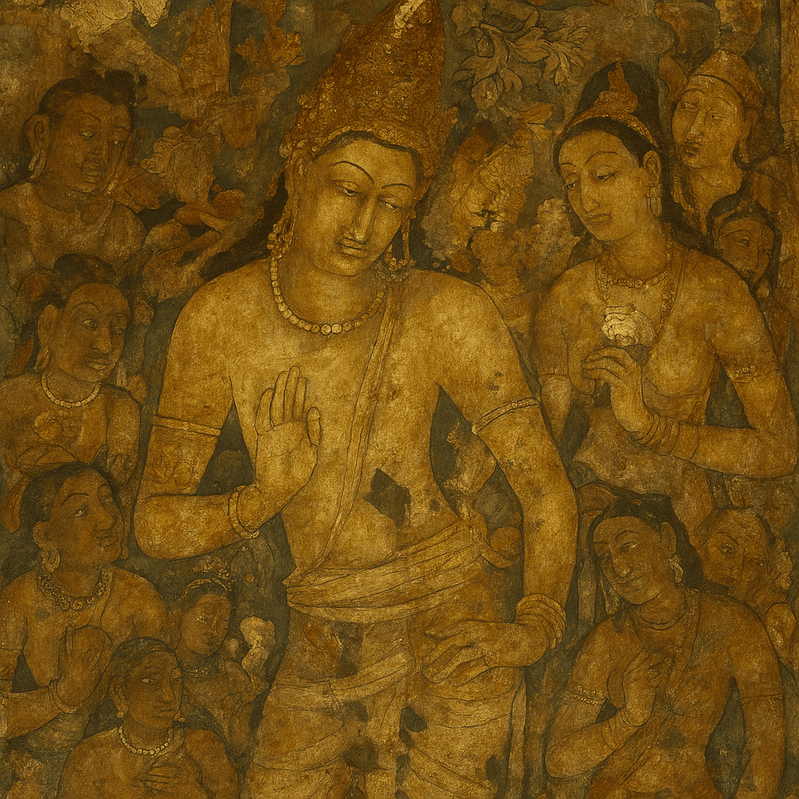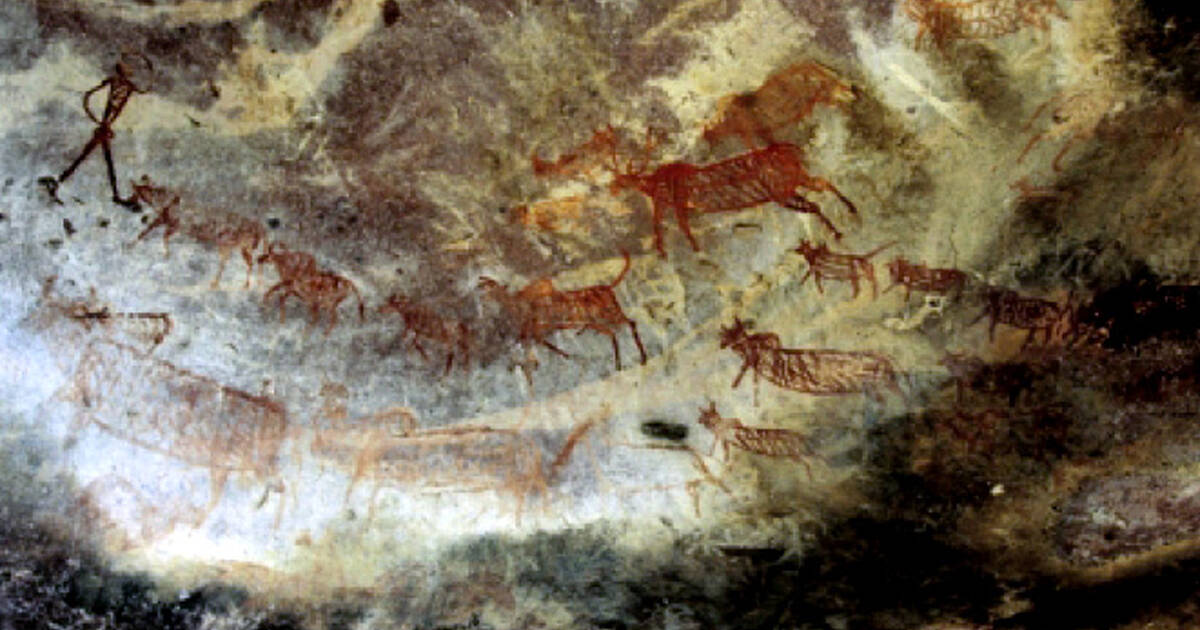Art and Culture
Miniature Painting: Mughal Period
Basics Traces its root to persian style. The focus shifted from depicting the god to glorifying the ruler. They focused on hunting scenes, historical events and other court related paintings They used brilliant colours. They brought the technique of foreshortening … Continue reading
Miniature Painting: Delhi Sultanate Period
Mixture of Indian and Persian styles of painting. They gave preference to illustrated manuscripts. For example Nimatnama (a book on cookery) during the reign of Nasir Shah who ruled over Mandu. Another example is Lodi Khuladar.
Miniature Painting: Transition Period
It emerged with the arrival of the Muslims in the Indian subcontinent and the emergence of Vijayanagara empire in south India. Features The colours were applied in a flat manner and the outfits and human outlines were demarcated in black. … Continue reading
Miniature Painting: Early Period
Time Period The art of miniature painting developed between the 8th and 12th centuries CE. Major Schools Pala School of Art Found as a part of manuscripts. Generally executed on palm leaf or vellum paper. Main centres – Nalanda, Odantapuri,Vikramsila … Continue reading
Classification of Indian Painting: Miniature Paintings in India
The word ‘miniature’ is derived from the Latin word ‘Minium’, which means red lead paint. Miniatures are small and detailed paintings. Condition for making miniature painting The painting should not be larger than 25 square inches. The subject of the … Continue reading
Mural Painting: Lepakshi Temple Paintings and Kerala Murals
Lepakshi Temple Paintings Location – Anantapur district of Andhra Pradesh These mural paintings were executed on Veerabhadra temple walls at Lepakshi. Made during the Vijayanagara period. Themes were based on Ramayana, Mahabharata and incarnations of Vishnu. The paintings show a … Continue reading
Mural Paintings in India: Sittanavasal Cave and Badami Cave Paintings
Sittanavasal Cave (Arivar Koil) Paintings Location – Tamil Nadu Paintings based on Jainism. The central element of the paintings in Sittanavasal is a pond with lotuses. These murals have close resemblance to Bagh and Ajanta paintings. The medium used for … Continue reading
Mural Paintings in India: Ellora and Bagh Cave Paintings
Ellora Cave Painting The mural paintings at Ellora caves are found in five caves, mostly limited to Cave No. 16, Kailasha Temple. Ellora Cave paintings are newer as compared to Ajanta Cave paintings. The paintings are related to all three … Continue reading
Mural Paintings in India: Ajanta Cave Paintings
Ajanta is the only surviving example of painting of the first century BCE and the fifth century CE. Mainly deal with Buddhist jataka stories. It consists of a set of 29 caves, carved in a horse-shoe shape. The paintings are … Continue reading
Classification of Indian Painting: Mural Paintings in India
The work on the walls or a solid structure are referred to as Murals. Some notable examples in India are Ajanta, Armamalai Cave, Ravan Chhaya Rock Shelter, Bagh Caves, Sittanavasal Caves and Kailash Temple in Ellora. The paintings follow a … Continue reading

